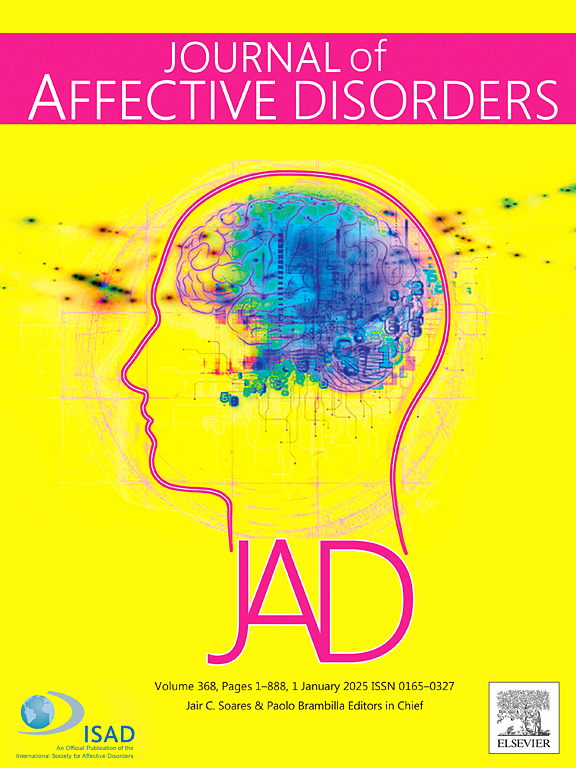Association between inequalities in mental health resources and burdens of mental health disorders in 146 countries and territories: An observational study
IF 4.9
2区 医学
Q1 CLINICAL NEUROLOGY
引用次数: 0
Abstract
Background
Mental health disorders impose a substantial social and economic burden. We conducted a comprehensive assessment of global mental health resource allocation and the associated burdens of mental health disorders, examining the relationship between these two factors.
Methods
We utilized data from the WHO Global Health Observatory and GBD 2021 to encompass 146 countries. We employed spatial autocorrelation analysis and Lorenz curves to characterize the spatial distribution. Additionally, we examined the association between mental health resources and the burdens of mental disorders using a generalized linear regression model (GLM).
Results
Countries and territories with higher income levels were more likely to have greater mental health resources (p < 0.05). Globally, the average mental health resource allocation index (IMRA) was 18.14, and Moran's I was 0.509 (p < 0.001). The Lorenz curve of mental health resources lay below the equality line, suggesting that these resources were more concentrated in countries and territories with higher HDI values. Between 2011 and 2021, the age-standardized incidence rate of all mental health disorders increased significantly (EAPC: 1.41 %, 95 % CI: 0.40 % to 2.53 %, p = 0.011). In multivariable GLM, a negative association was observed between the Index of IMRA and total mental health incidence.
Conclusion
Inequalities in mental health resources persist, and the burdens of mental disorders are increasing globally. Our findings underscore the critical need to reduce the overall burden of mental health disorders through enhanced allocation of prevention-oriented resources. Countries at different levels of human development face distinct challenges and priorities in mental health resource allocation.
求助全文
约1分钟内获得全文
求助全文
来源期刊

Journal of affective disorders
医学-精神病学
CiteScore
10.90
自引率
6.10%
发文量
1319
审稿时长
9.3 weeks
期刊介绍:
The Journal of Affective Disorders publishes papers concerned with affective disorders in the widest sense: depression, mania, mood spectrum, emotions and personality, anxiety and stress. It is interdisciplinary and aims to bring together different approaches for a diverse readership. Top quality papers will be accepted dealing with any aspect of affective disorders, including neuroimaging, cognitive neurosciences, genetics, molecular biology, experimental and clinical neurosciences, pharmacology, neuroimmunoendocrinology, intervention and treatment trials.
 求助内容:
求助内容: 应助结果提醒方式:
应助结果提醒方式:


